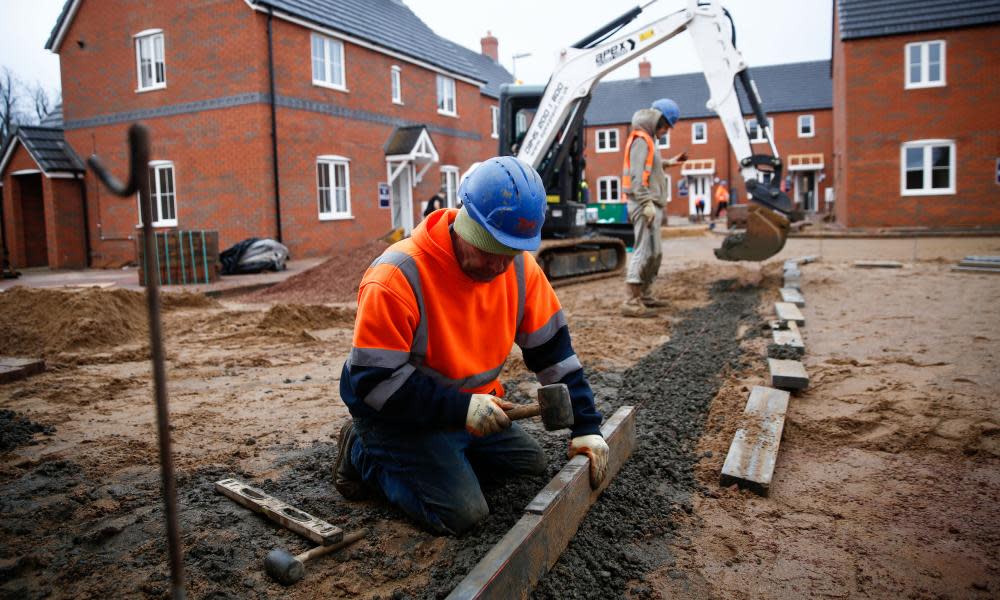Lift councils’ housebuilding cap, say MPs

An influential cross-party committee of MPs has urged the government to lift a cap on the amount of money councils can borrow to build homes, as it delivered a mixed verdict on the chancellor’s measures to boost housebuilding.
With a stated commitment to raise housebuilding levels to 300,000 a year, Philip Hammond used his autumn budget to increase the borrowing cap for councils in some areas to £1bn.
However, in its official response to the budget the Treasury committee said the cap should be removed, or at least it should be clearer which areas could seek the higher limit.
The report was more sceptical about Hammond’s most high-profile housing measure in the budget: the abolition of stamp duty for first-time buyers on the first £300,000 of any property costing up to £500,000, which the Office for Budget Responsibility (OBR) forecasts will help 3,500 extra buyers at a cost of £3bn.
The committee said: “In isolation, the reduction in stamp duty is likely to increase prices for first time buyers by as much, if not more, than the amount they will save as a result of the reduction in stamp duty.”
In his budget in November, Hammond said councils in high need of more housebuilding could bid for an increase in the amount they could borrow to fund construction, up to a total of £1bn.
The Local Government Association, which represents councils in England and Wales, said at the time that this was a welcome acknowledgement of the problems facing authorities, but the increase did not go far enough.
Shortly after the stamp duty cut was announced, doubt was cast on how effective it would be, with the OBR predicting it would push up prices by 0.3%.
More than 217,000 new homes were built across the UK in the year to April 2017 – 15% more than in the previous year but well short of the government’s target of 300,000 a year.
Nicky Morgan, the Conservative MP and former education secretary who chairs the Treasury committee, said the government was struggling to meet its aspirations on housing.
“The chancellor pledged to fix the broken housing market, but the government is going to find it very difficult to meet this ambition. The increase in the cap on borrowing for local authorities to build homes is a step in the right direction, but it doesn’t go far enough,” she said.
“The borrowing cap restricts the number of homes that local authorities could deliver. To achieve the government target of 300,000 new homes per year, the cap should be abolished. The potential of local authorities to build should be unleashed.”
Separately, the report says the consequences of Brexit for economic growth are likely to be significant, and recommends that the OBR provide parliament with a forecast of what might happen before the implementation of the EU withdrawal bill.
Meanwhile, the Housing and Finance Institute, an industry body which groups the commercial and council sectors, has also warned that ministers must do more to meet their annual target for new homes built.
It has made three recommendations to boost numbers, one of which is to help public and private groups join up to finance new building.
It also recommends the government make housing a specific national infrastructure priority, and focus more efforts on flexible and cheaper modular methods of construction.
Natalie Elphicke, the chief executive of the institute, said the last time the 300,000-home target was attained was 1969.
“The ambition of the government is to be applauded. But make no mistake, 300,000 new homes is a truly tough target. Many more people have been to the moon since 1969, but we haven’t got anywhere near the same level of housebuilding for decades,” she said.

 Yahoo News
Yahoo News 
